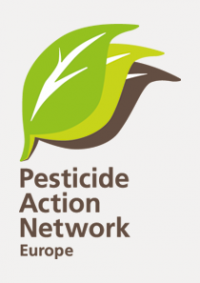We urge AGRI Members to support alternative Compromise Amendment (CA) 10 on Annex III, containing the conditionality rules – and to firmly reject the rapporteur’s CA. The rapporteur’s CA on Annex III weakens conditionality; e.g. in GAEC 9 it removes the obligation to devote a minimum share of agricultural area to so-called ‘non-productive features’. We consider that non-productive features are crucial for reversing biodiversity loss and can, under certain conditions, improve a farmer’s yields, for instance when providing fodder for pollinators. The rapporteur’s CA also considerably reduces the scope of ‘GAEC 2’ (protection of wetland and peatland), which exists to prevent carbon-rich soils from being ploughed up, releasing more CO2 into our atmosphere.
For the same reasons, we recommend a vote against the rapporteur’s CA 12 on Article 12, which allows Member States (MS) to establish ‘equivalent practices’ as an alternative to conditionality rules. We appeal to AGRI MEPs to instead fight for the ‘Common’ in the CAP, which means having a strong core of similar rules applicable to farmers!
We should make no mistake: weakening ‘conditionality’ undermines the CAP’s most important instrument to fight Climate Change and reverse biodiversity loss, since it applies to around 7 million farmers. Payments tied to conditionality cover the vast majority of Europe’s farmland and account for the lion’s share of the Pillar One budget. It is not credible to argue that the CAP’s impact on the environment and biodiversity can be improved whilst unravelling conditionality.
